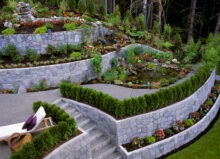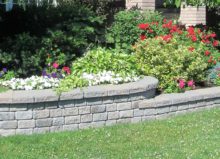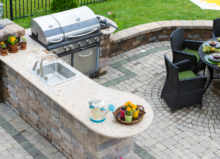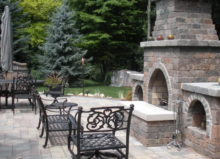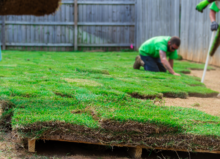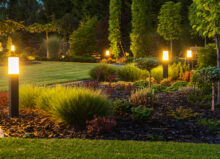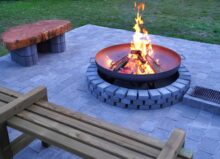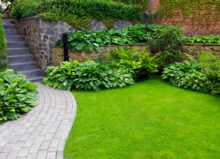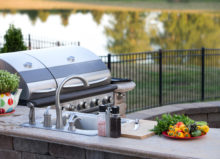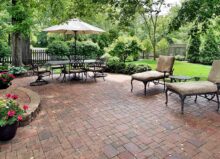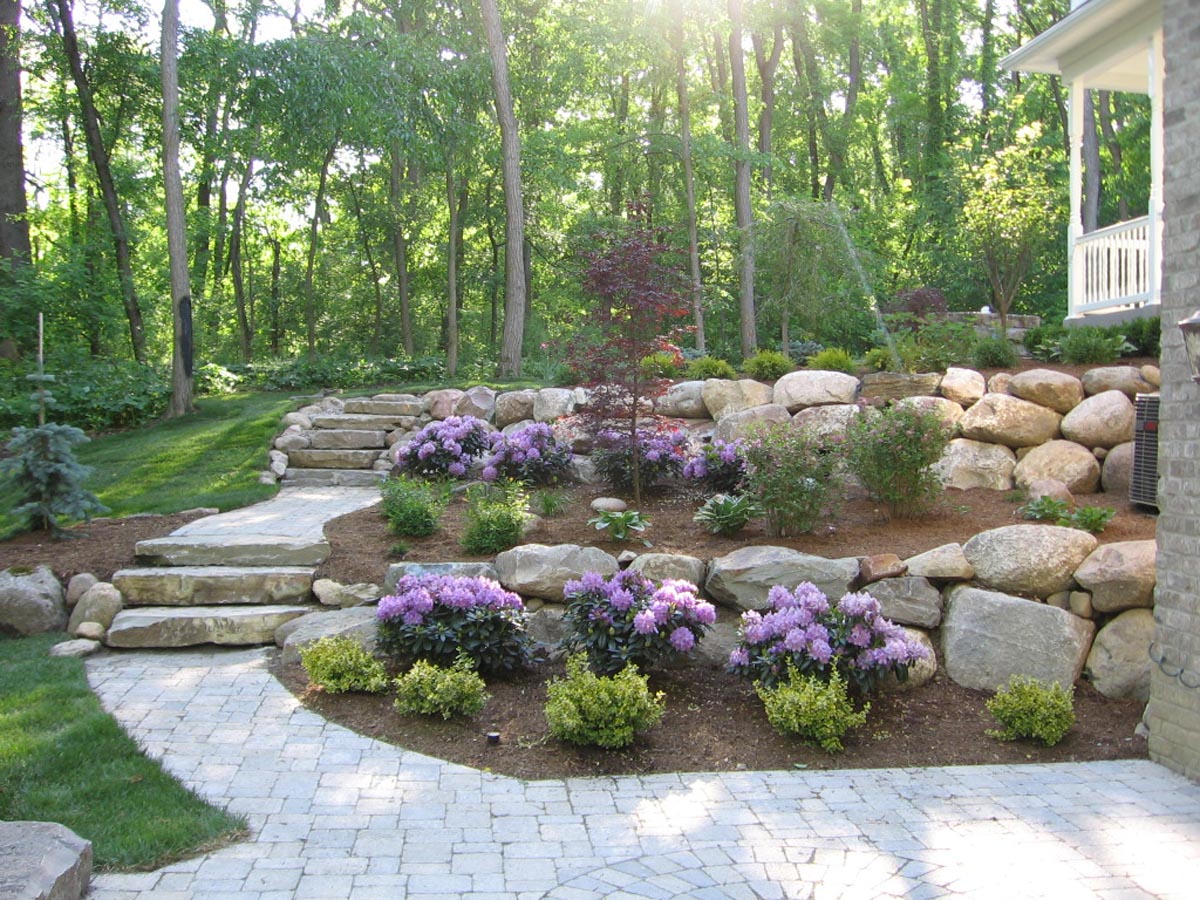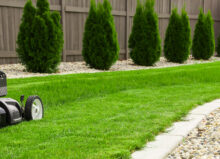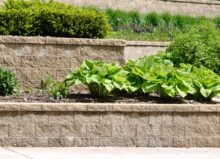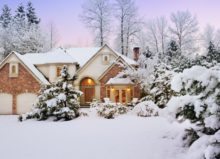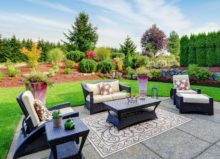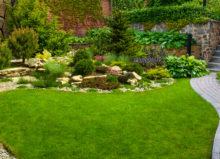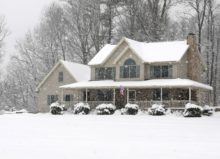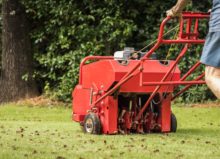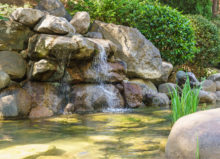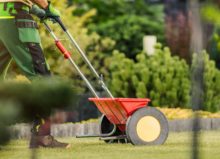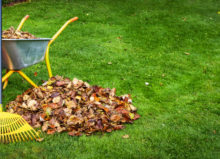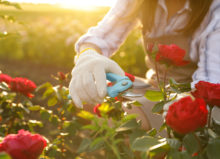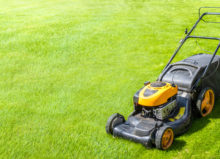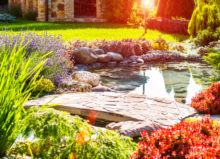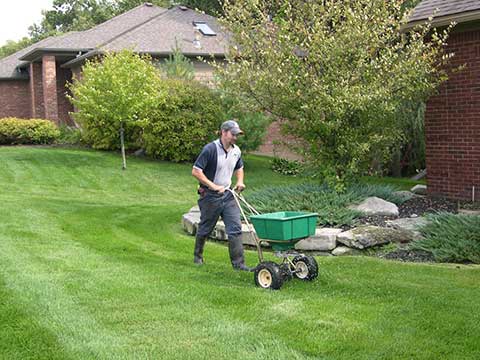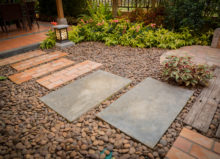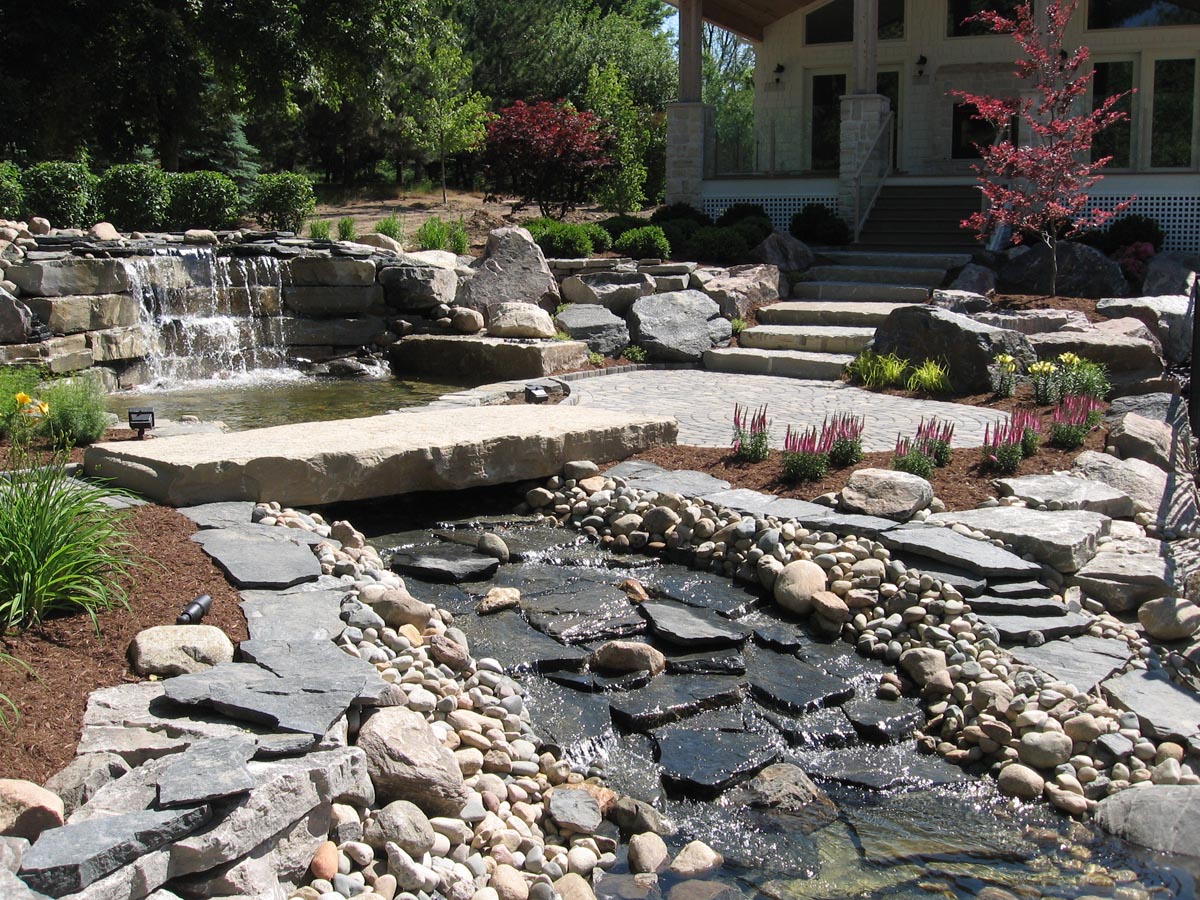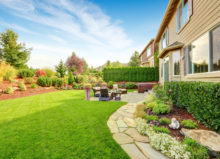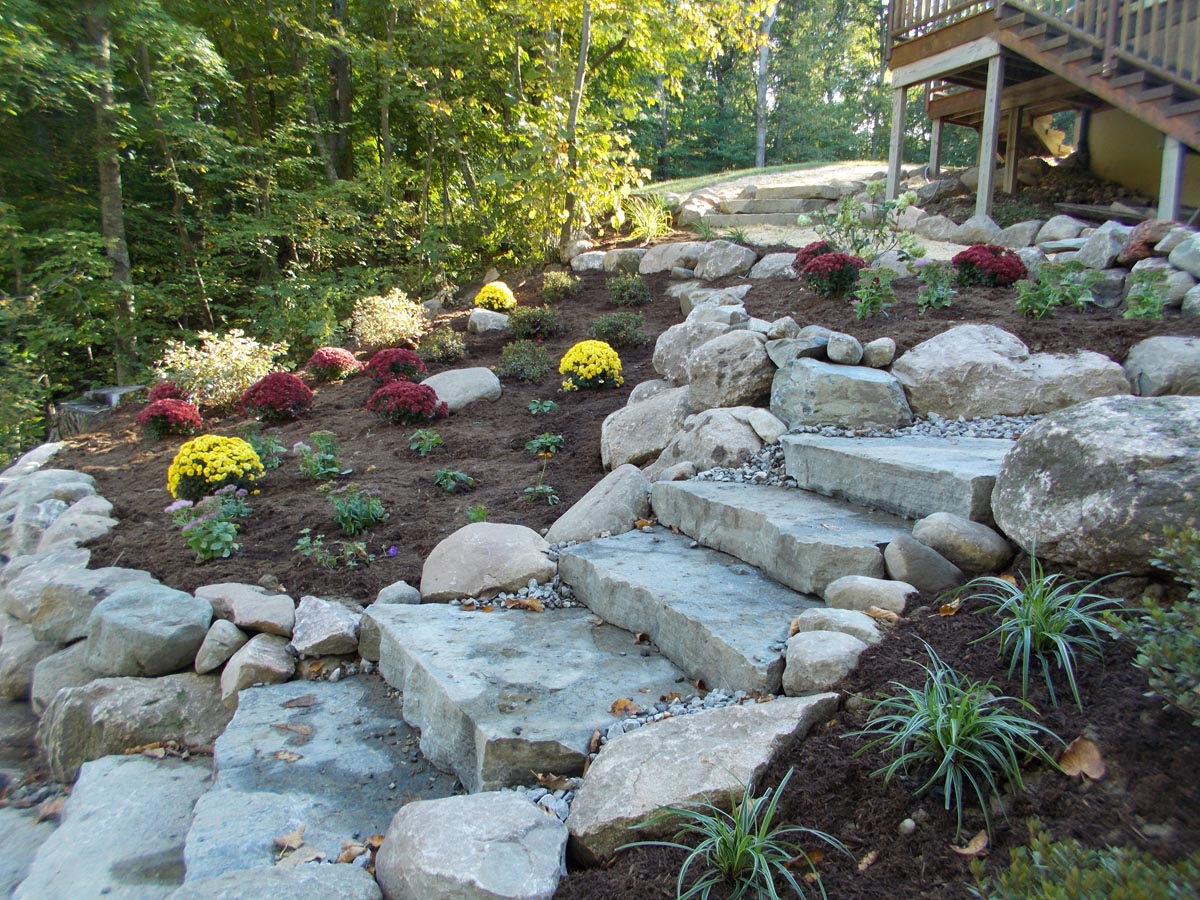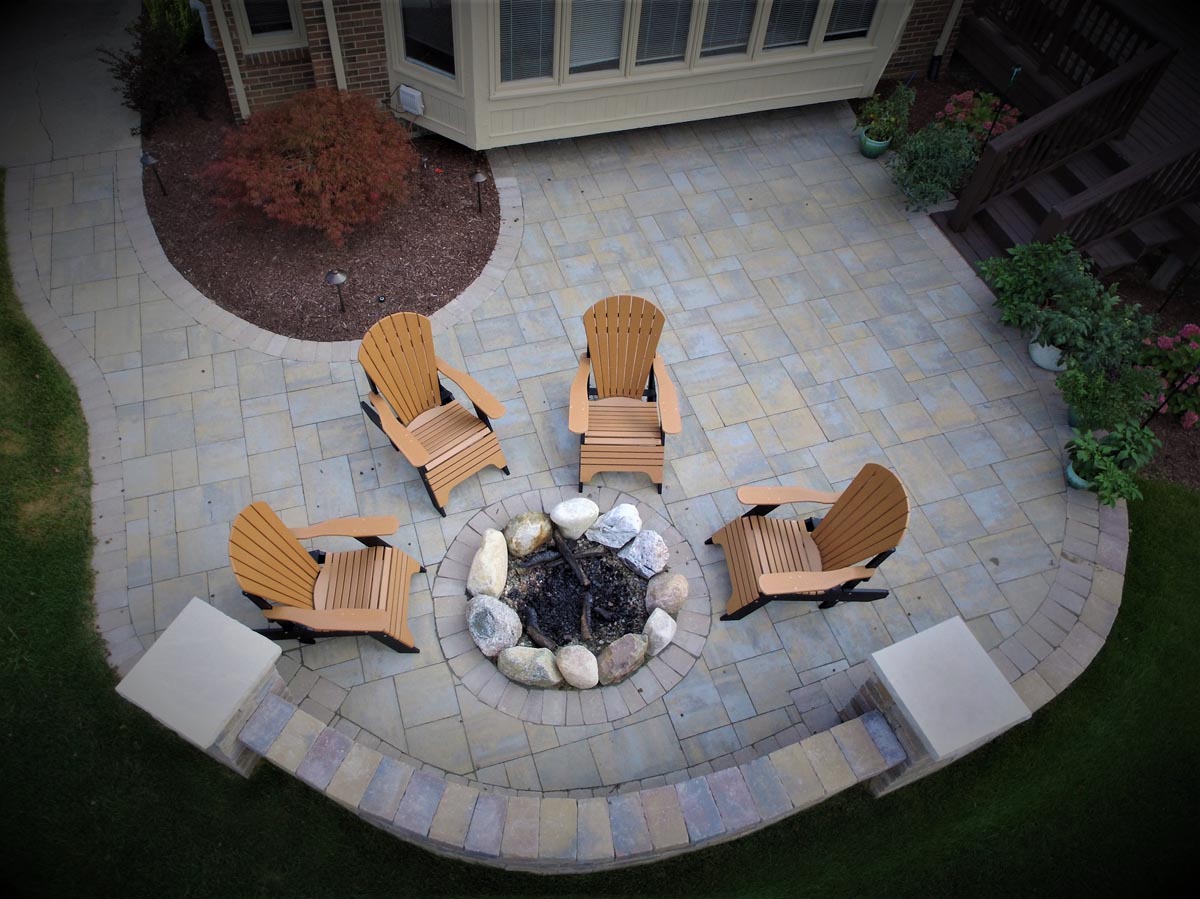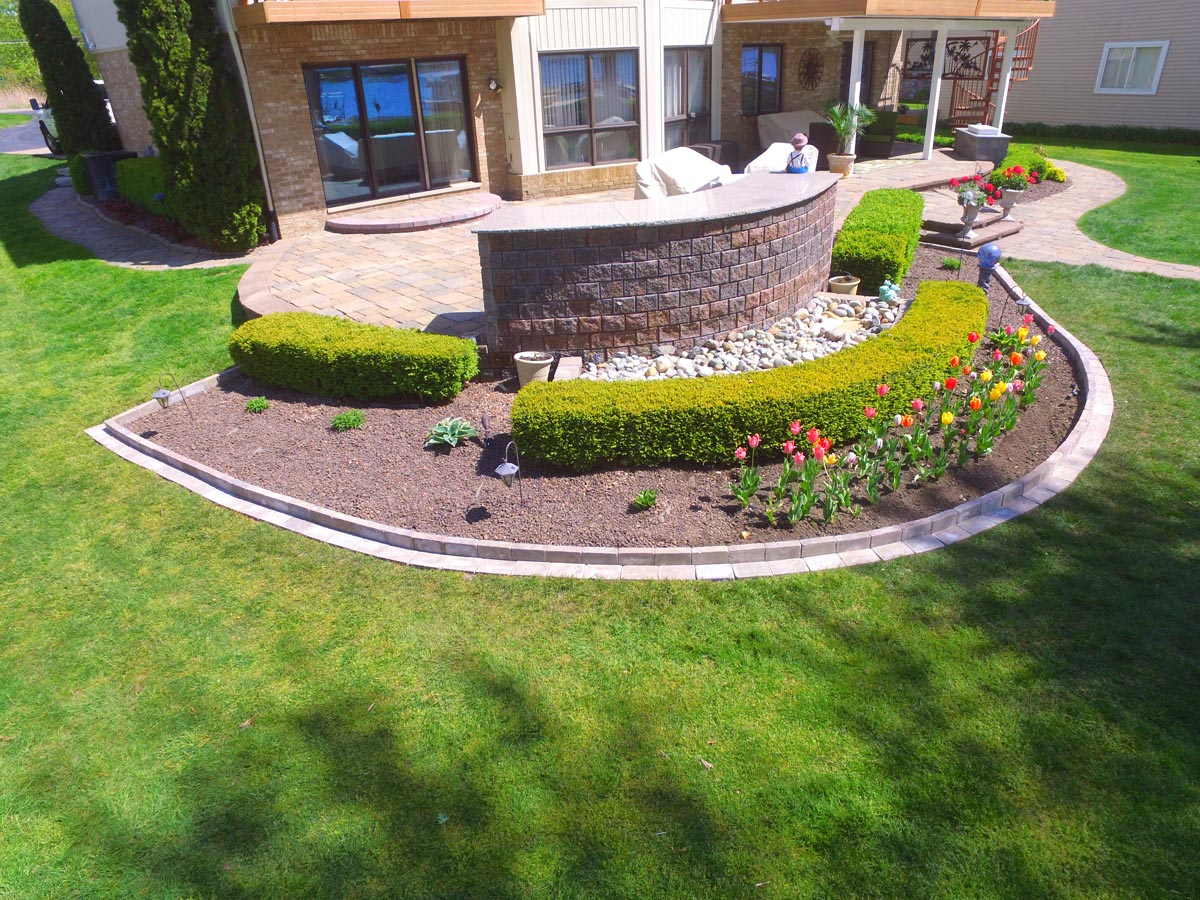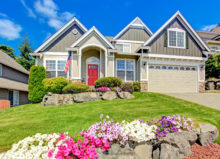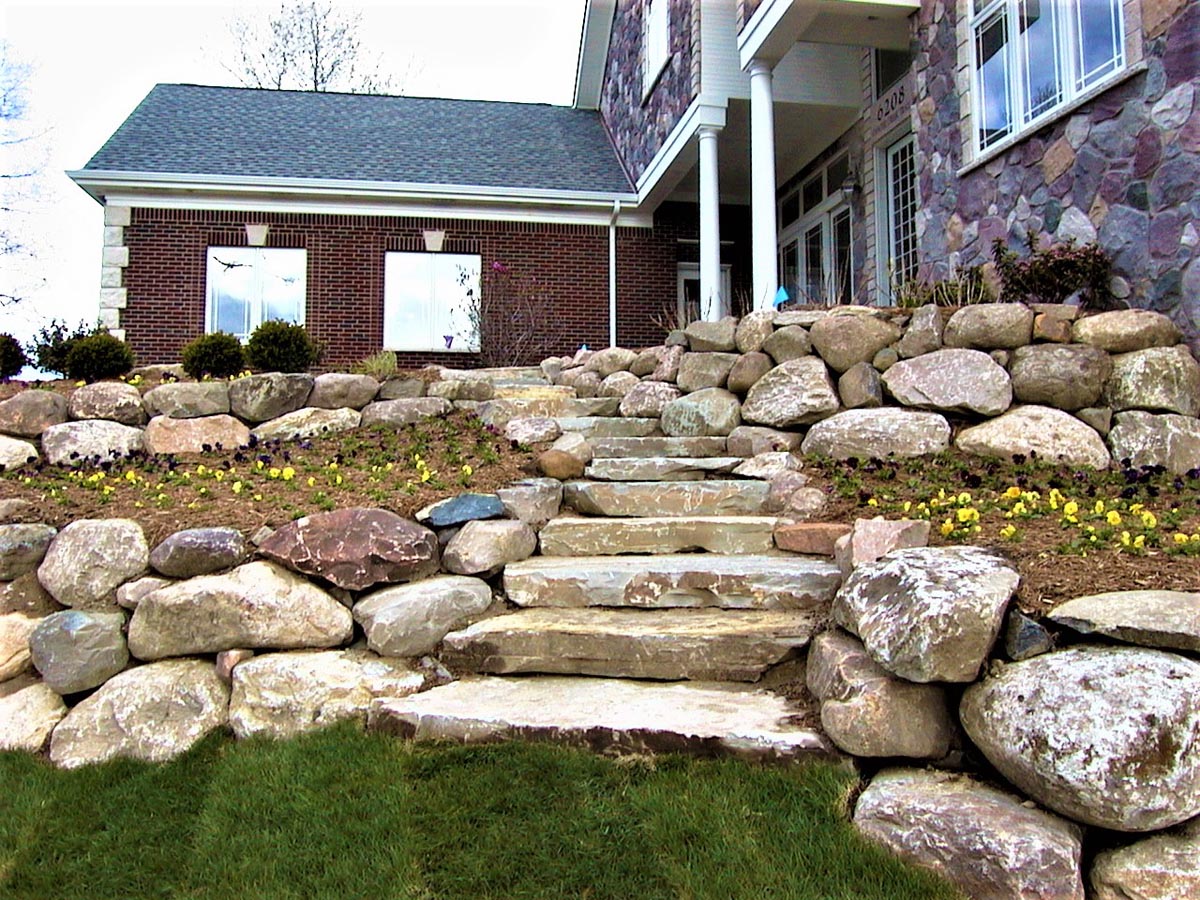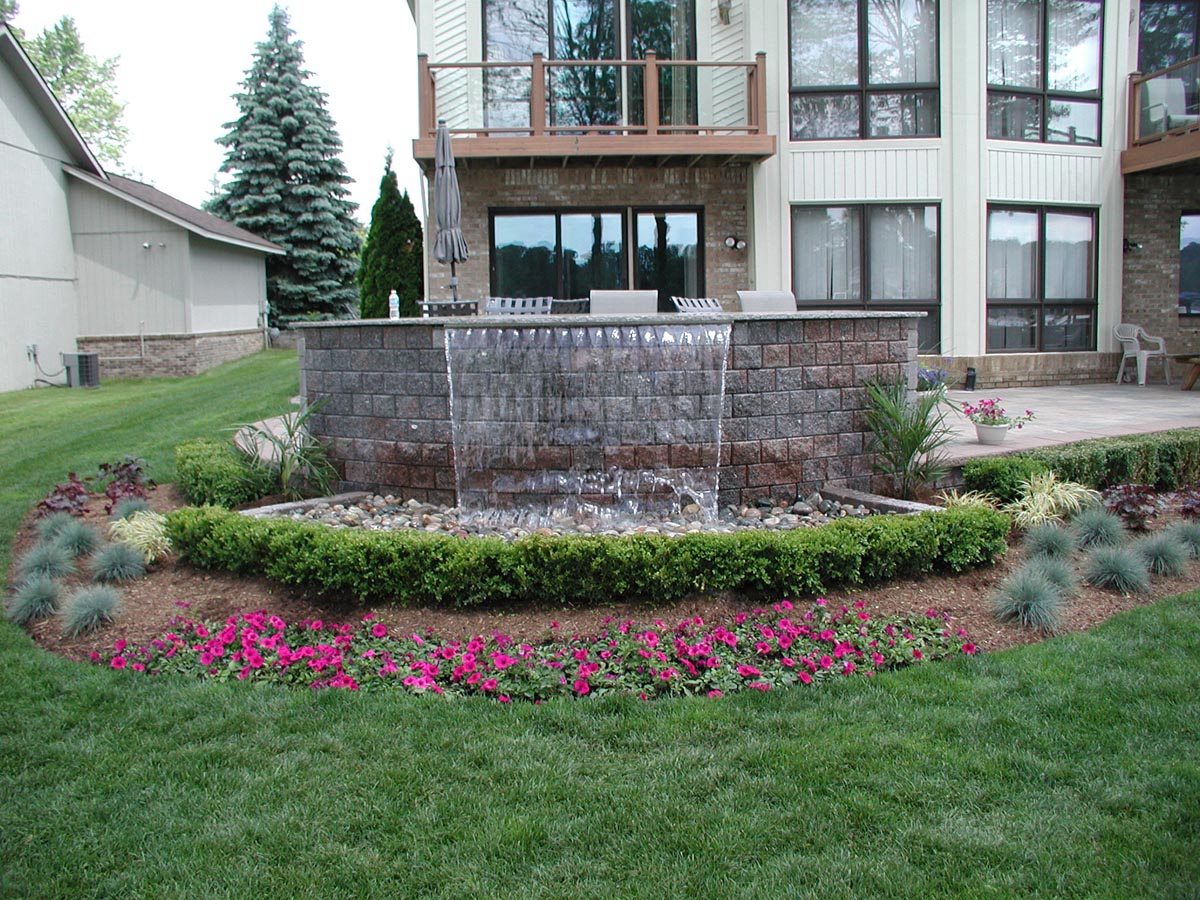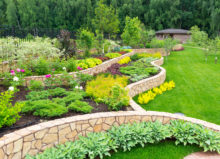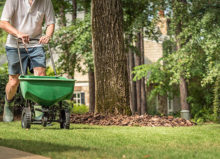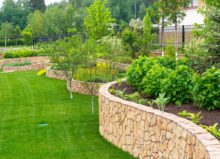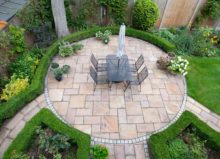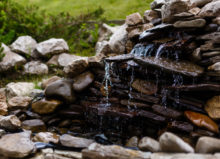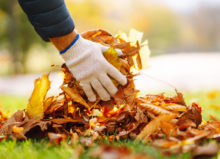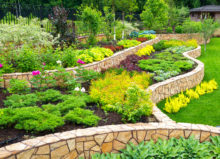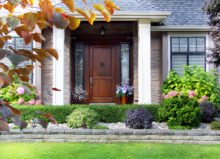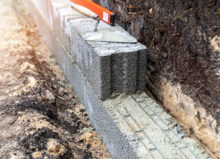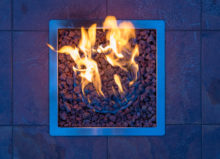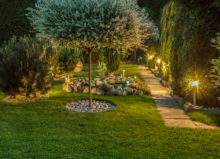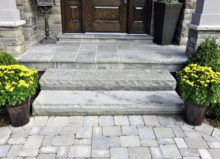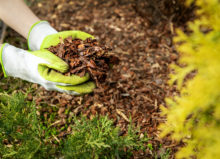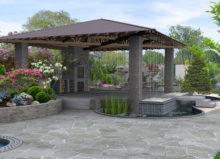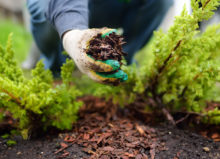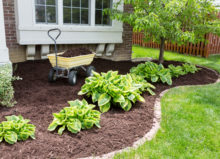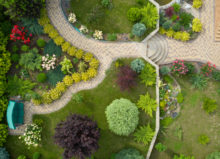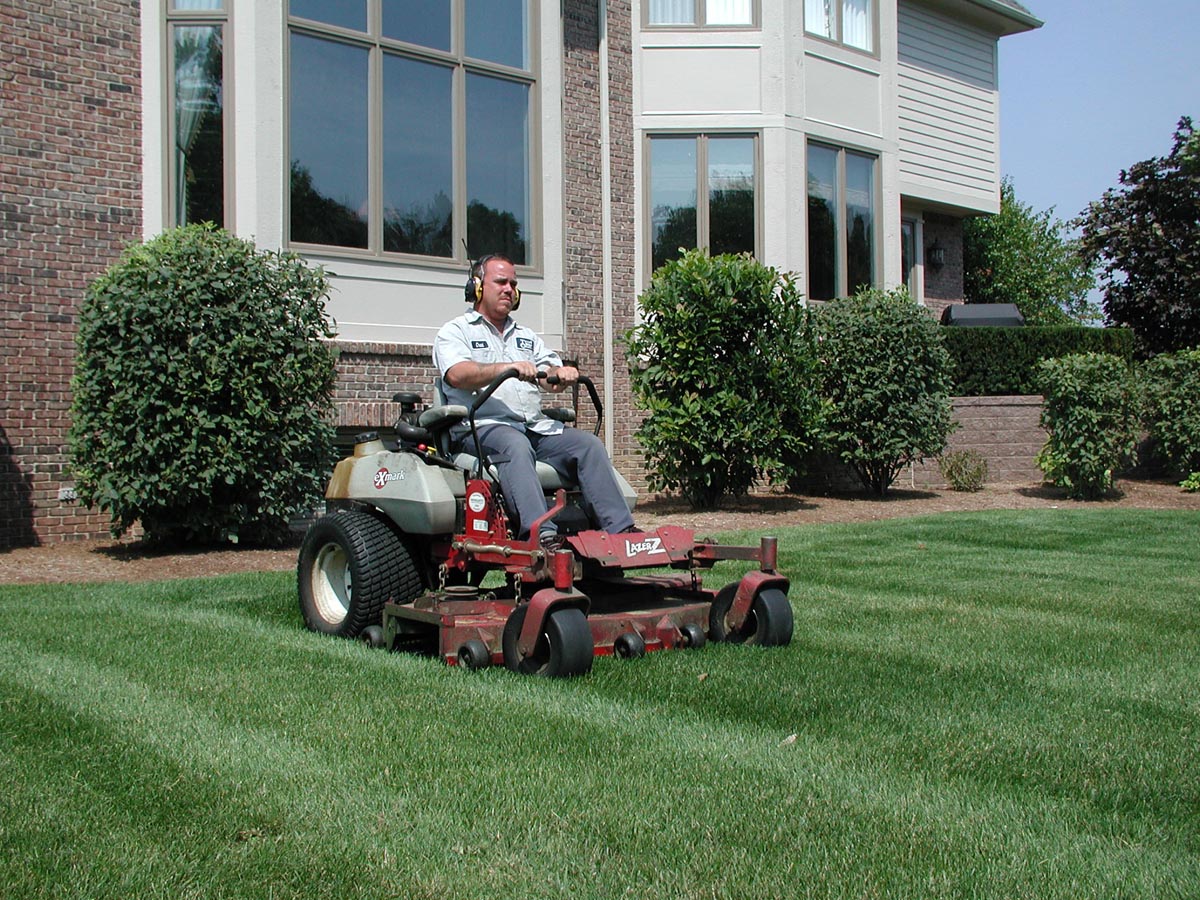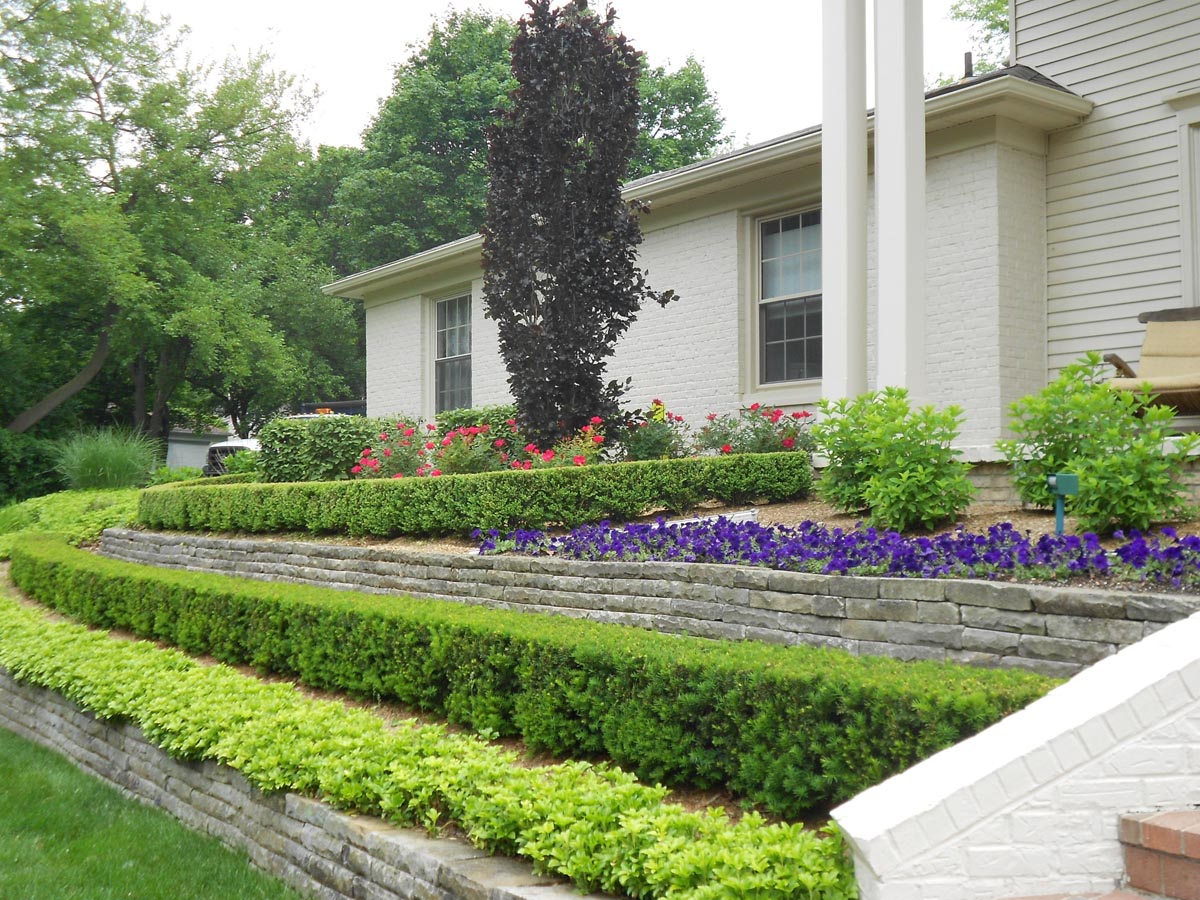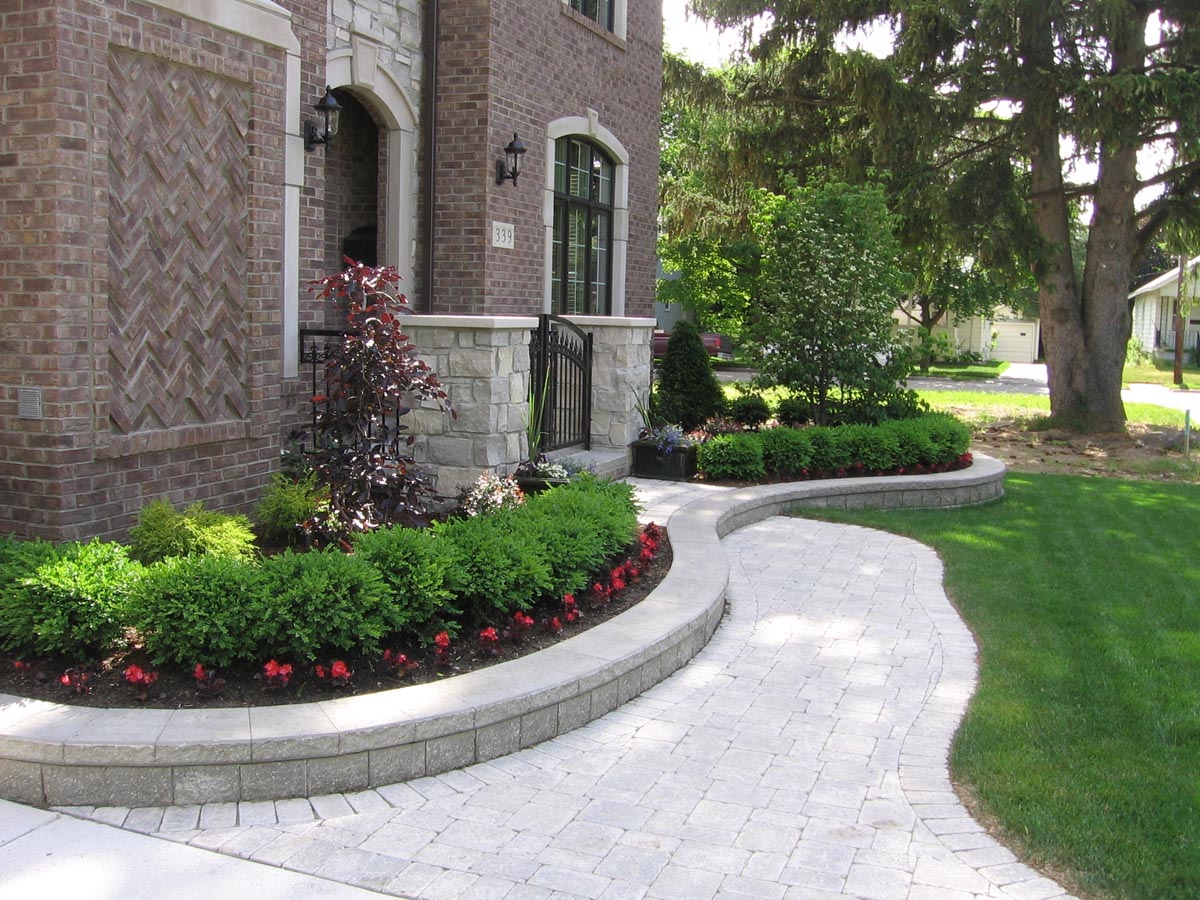A Guide to Successful Commercial Landscape Maintenance
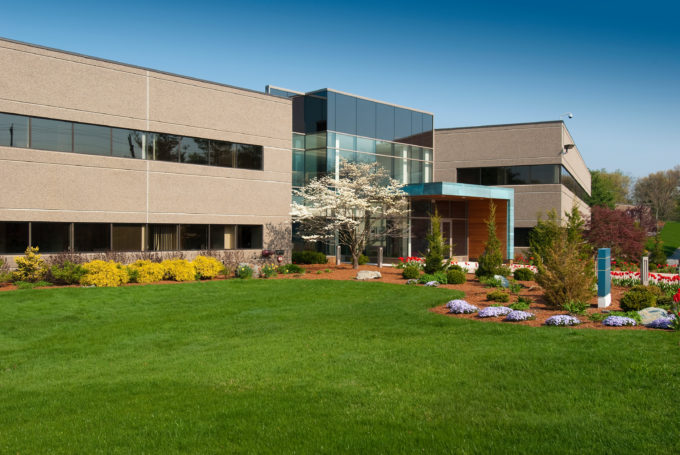
Your landscaping not only impacts your curb appeal but also leaves an impression on your customers. Poorly designed and/or maintained landscapes may signal to potential customers that you don’t care and could also affect your property value. In extreme cases, a poorly designed or unmaintained landscape can also make it hazardous for customers to navigate, leading to slips, falls, and other incidents.
Increasing curb appeal and leaving a good first impression on customers starts with creating and maintaining a year-round commercial landscaping maintenance plan. This article will cover some of the major seasonal tasks you should include in your plan.
Spring
Spring is one of the most important seasons for conducting landscaping maintenance. During this time of year, plants and weeds begin to grow, and pests will start to emerge. You can make your life easier by staying on top of these spring maintenance tasks:
- Control Mole Activity: Put down GrubEx or another similar product if your business is in an area that’s susceptible to mole damage.
- Plant Seeds: You will need to broadcast seeds approximately three to six weeks before the last frost date. Doing this at the right time helps ensure that there will be beautiful flowers in late spring and early summer.
- Set Your Watering Schedule: Spring may be a rainy season, but growing grass and plants need consistent watering. You can’t rely on the rain all of the time, so it’s important to set a watering schedule that makes sense for the plants in your landscape. If you don’t have one, consider investing in an automatic sprinkler system.
- Protect New Plants From Frost: Pay attention to the frost schedule and take steps to protect any new plants from unexpected late frosts. The last frost dates in the southern region of Michigan are typically in mid- to late April or early May, while those in the Upper Peninsula may experience cold weather/freezes until late May or June.
- Kill Weeds & Apply a Fertilizer: Killing weeds and fertilizing should be done on a schedule to ensure that the soil is well-protected and has all the nutrients it needs. Generally, you will only need to apply weed killer and fertilizer once in the spring. It’s recommended to apply the fertilizer once temperatures are consistently above 55 degrees. Visit our blog to learn more about how to fertilize throughout the year.
- Lay Down Mulch: Distribute mulch evenly over garden beds once temperatures are consistently warm to inhibit weed growth, maintain soil temperatures, and ensure the soil retains the nutrients it needs for plant growth.
- Evaluate Current Landscaping Maintenance Plans: Does your existing landscaping maintenance plan make sense? If not, you’ll want to adapt it to meet the needs of your current landscape. For this task, we recommend enlisting the help of a professional landscaping company.
- Clean Leftover Debris: Get rid of any sticks and dead leaves leftover from the previous fall and winter.
Summer
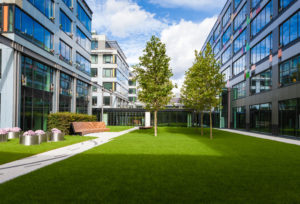
Summers in the Midwest are brutal and typically feature rainstorms, extreme heat, humidity, and sometimes drought. Drought and hot weather can damage plants and dry out the soil.
At this time of year, maintaining a consistent water schedule is vital to the health of your grass and plants. Grass grows quickly during this time of year, so mowing weekly is also important. Perennial flowers may also require deadheading throughout the growing season to ensure consistent growth. Flowers that are allowed to go to seed require more energy from the plant, leading to fewer flowers later. If trees surround your property, you should regularly trim them to prevent property damage.
Please read our Summer Lawn Maintenance Guide to learn more about lawn care in the summer.
Fall
When fall comes around, the main part of the growing season is finished. Like spring, this is a time of year when landscape maintenance is important. At this point, commercial property owners must focus on winterizing their landscape. General winterizing tips include:
- Protect Hardscaping: Drain and/or cover hardscaping elements to protect them from ice and snow throughout the winter.
- Tend to Your Plants: Cut back perennials and remove annuals. Dead plants can be an eyesore on a property.
- Trim Trees: If there are any dead branches or dying trees on your property, take care of them immediately. Snow and ice can cause branches to snap, resulting in damage and potential injuries.
- Mow Grass: Don’t forget to mow your grass. You’ll typically want to mow your grass until the last frost date or when the temperatures consistently fall below 55 degrees.
- Take Care of Weeds: Some weeds can continue growing through winter, so apply mulch once temperatures consistently remain below 55 degrees. You may also want to apply one more round of weed killer.
- Water Plants: Continue to water plants throughout the fall until the first frost date; do not rely on rain to get the job done.
- Aeration & Overseeding: Although this is not a recommended yearly commercial landscape maintenance task, it’s a good idea to aerate and overseed if your lawn has experienced extreme damage over the summer and fall from pests, weeds, or drought. Damage includes thinning or yellowing patches of grass or missing patches of grass.
- Remove Debris: Dead leaves, twigs, and other debris can inhibit your grass from receiving the nutrients it needs throughout the winter. Consider mulching, raking, or composting them.
- Wrap Trees: Younger trees that are more sensitive to the cold need to be wrapped before the first hard freeze.
Winter
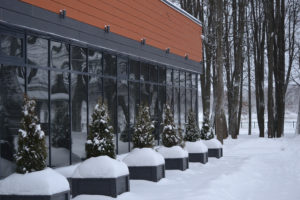
Most landscape maintenance tasks should be completed before the extreme winter cold sets in. The only maintenance task you need to keep up with is snow and ice removal. Snow and ice can damage concrete walkways and roofs and create a safety hazard for customers or other guests on your property.
General Landscaping Tips
Outside of lawn maintenance, there are other key tips you can follow to improve your landscape, including:
- Match the Landscape Style With the Architecture: Your landscape and other exterior elements should complement each other. You don’t want styles or colors that clash.
- Create Clear Walkways: Commercial properties need clear walkways to prevent slips, falls, and other personal injuries.
- Choose a Consistent Color Pattern: Intentional patterns help lead the eye around your landscape and add a sense of order.
Create a Successful Commercial Landscaping Plan With Help From Design One
Keeping your landscape healthy and beautiful doesn’t have to be a one-person job. If you need to improve your existing landscaping plan, reach out to Design One. Founded over 30 years ago, we’re a family-owned and -operated landscaping company that helps businesses throughout Michigan. Contact us today to schedule an appointment with one of our landscaping specialists.
As a residential and commercial landscaping company in Michigan, we’re experienced in both property care and landscaping design. With over 40 years of experience in the industry, Design One is great source of information when it comes to your Michigan lawn care needs! From preliminary design mapping, to irrigation and the types of plants you might want on your priority, we cover it all.


